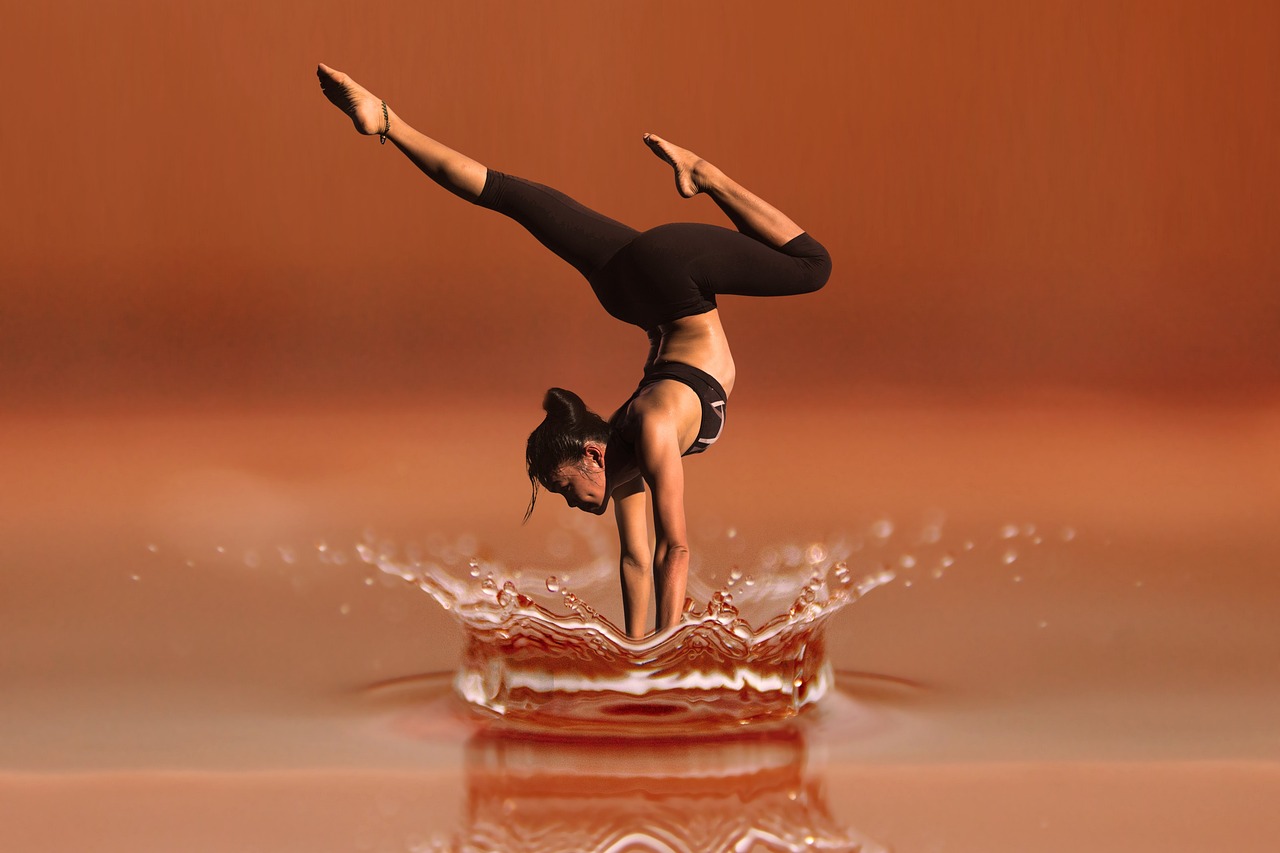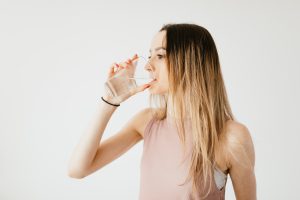Physical activity of seniors is a topic that is becoming more and more important, especially nowadays. Due to the ageing of the population, a large number of people over 50 years of age have to cope with the increasing scale of the so-called civilization diseases. Some of these problems are caused, m.in, by the effects of the lack of adequate exercise for our body. An organism that is “stagnant” can be compared to an unused car, standing for a long time in a dusty garage. Over time, the brakes rust, the bodywork becomes less and less attractive, and in the end it turns out that the engine has stopped starting. Exactly the same problems plague anyone who turns away from regular physical activity. Suddenly, it turns out that our joints have less and less mobility, our skin begins to wrinkle, and our engine – the heart – stops supplying the right amount of fuel needed to function freely.
Physical inactivity in the elderly – causes and risks
Drawing attention to the need to activate seniors is therefore becoming a kind of mission of our society. Heart disease, diabetes, hypertension and even neurological diseases such as Alzheimer’s or Parkinson’s dominate among seniors who are not very active. Older people who stop spending time actively not only struggle with health problems. A static lifestyle also means a sense of loneliness and sometimes even depression. Such people often feel isolated and unable to function in social life.
However, before we move on to the description of the forms of activity that can be offered to inactive older people, let’s focus on the possible causes of such a state. In a street survey on this topic, which I recently saw on television, older people, when asked about their fears of taking the “first step” towards sports and recreation, indicated fear of injury, lack of motivation, and even fear of how they would be perceived by outside observers. As you can see, our task is not only to motivate people to act, but also to constantly raise awareness.
Forms of physical activity for seniors
The type of physical activity undertaken should, of course, be individually tailored to the exerciser, his needs and, above all, his or her abilities. We must remember that some people have contraindications to specific physical activities. However, there are universal and at the same time non-standard forms of physical activity, which, regardless of the level of physical advancement and organizational capabilities, will certainly appeal to seniors.
- Gymnastics or yoga – these two ways of spending time actively will certainly provide variety of movement and relaxation. In addition, they will have a positive effect on the flexibility of our body and the condition of our locomotor system. Basic forms of gymnastics do not require any additional equipment from the exerciser, and the exercises can be performed virtually anywhere – at home or outdoors. Yoga will also help you acquire the ability to control your breathing and reduce your daily stress. Thanks to regular classes, we will improve our body posture, reduce back pain, and have a positive effect on our well-being.
- Tai chi – this form is certainly not as popular as the usual form of gymnastics, but it remains very effective. In short, Tai chi is one of the varieties of Chinese martial arts, whose movement pattern will provide us with an improvement in balance and also relax us. The exercises involve making slow but fluid movements that are combined with coordinated breathing. Regular practice of Tai chi will help us reduce stress and strengthen our muscles.
- Nordic walking is a form of outdoor activity that involves walking with the use of specialized poles. This type of activity is an excellent stimulus to improve fitness, strengthen muscles, and most importantly – has a positive effect on our cardiovascular system. Thanks to the above-mentioned poles, Nordic walking puts more strain on the muscles of the legs and arms than regular walking, which translates into increased energy expenditure, allowing you to balance the pace and distance of your walk on your own.
- Swimming – this form does not need to be introduced. After all, each of us has had more or less contact with water in our lives. However, not everyone knows that swimming itself is an excellent type of activity that allows you to improve the efficiency of the respiratory system, strengthens your heart, and has a positive effect on your well-being – without putting any strain on your joints. In addition, just being in the water has great relaxing properties, thanks to which it allows you to reduce stress and improve your well-being.
- Cycling is also an excellent form of physical activity for seniors, which allows them to improve their physical and mental condition while being gentle on their joints and muscles. Seniors can choose a city, touring or recreational bike, depending on their preferences and capabilities. Cycling helps strengthen leg muscles, improve endurance, increase flexibility, and improve heart and lung health Seniors can ride alone or in groups, allowing them to make new friends and spend time in a fun way outdoors. However, before starting cycling activity, it is recommended to consult a doctor and choose the right equipment and clothing to ensure safety and comfort while riding. In addition to the above, there are also completely standard ways to live an active lifestyle. Less complex, available practically “off-the-shelf”, sometimes even underestimated:
- Walking – a physical activity for everyone, the easiest to do, and also having a positive effect on our body. Even the simplest routes, if covered regularly, will oxygenate our body, strengthen our bones and increase our performance parameters. Over time, you can raise your bar by increasing the distance or setting a route with hills.
- Dancing – dancing is a great form of physical activity for seniors, which allows for fun and at the same time improves fitness and motor coordination. Seniors can choose from a variety of dance styles, such as waltz, tango, samba, cha-cha, jive, swing, or rock and roll. They can participate in dance classes in clubs, cultural centers, community centers, or private dance schools. Dancing helps strengthen muscles, improve balance, coordination, and flexibility, and has a positive effect on mood and well-being. Dancing is also a great way to make new friends and spend time in a fun way.
And thephysical fitness of the elderly is very important for maintaining proper fitness and health. Regular exercise improves the body’s efficiency, reduces the risk of diseases, and improves well-being and quality of life. There is no upper age at which you have to stop playing sports or being physically active. Every person, regardless of their PESEL number, can find the right type of physical activity, such as walking, cycling, swimming, or exercising at the gym. It is important that the exercises are properly selected for individual needs and abilities. Physical activity of the elderly obviously requires more caution and attention due to the fact that the body becomes less resistant to injuries and injuries. Therefore, it is always a good idea to consult with your doctor before starting any exercise program. Joint physical activity can also be a great opportunity to spend time with family or friends, and thus can contribute to better physical and mental functioning of seniors.



